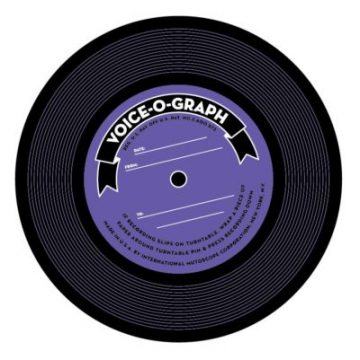Laura Preston at The Believer:
 From our contemporary vantage point, voice mail may seem like a quaint artifact of the ’80s and ’90s. But the answering machine was in fact preceded by a lesser-known era of voice messaging, one which began in the early 1900s and grew out of the phonograph. Thomas Edison invented the phonograph in 1877, and before he unveiled the device to the public, he spent some time colliding morphemes in a notebook. He thought he might call his invention the “antiphone” (back-talker) or the “liguphone” (clear speaker), or perhaps the “bittakophone” (parrot speaker), “hemerologophone” (speaking almanac), or “trematophone” (sound borer). In the end, Edison settled on the straightforward “phonograph,” meaning “sound writer”—an efficient summary of its mechanism. The phonograph received vibrations from the air and transcribed them as calligraphy. Sound waves would cause a needle to quiver, and the needle would etch a continuous line on a turning cylinder. If you reversed the process, the needle would travel along the groove, mining sound from the uneven topography and playing it back through a horn.
From our contemporary vantage point, voice mail may seem like a quaint artifact of the ’80s and ’90s. But the answering machine was in fact preceded by a lesser-known era of voice messaging, one which began in the early 1900s and grew out of the phonograph. Thomas Edison invented the phonograph in 1877, and before he unveiled the device to the public, he spent some time colliding morphemes in a notebook. He thought he might call his invention the “antiphone” (back-talker) or the “liguphone” (clear speaker), or perhaps the “bittakophone” (parrot speaker), “hemerologophone” (speaking almanac), or “trematophone” (sound borer). In the end, Edison settled on the straightforward “phonograph,” meaning “sound writer”—an efficient summary of its mechanism. The phonograph received vibrations from the air and transcribed them as calligraphy. Sound waves would cause a needle to quiver, and the needle would etch a continuous line on a turning cylinder. If you reversed the process, the needle would travel along the groove, mining sound from the uneven topography and playing it back through a horn.
more here.
